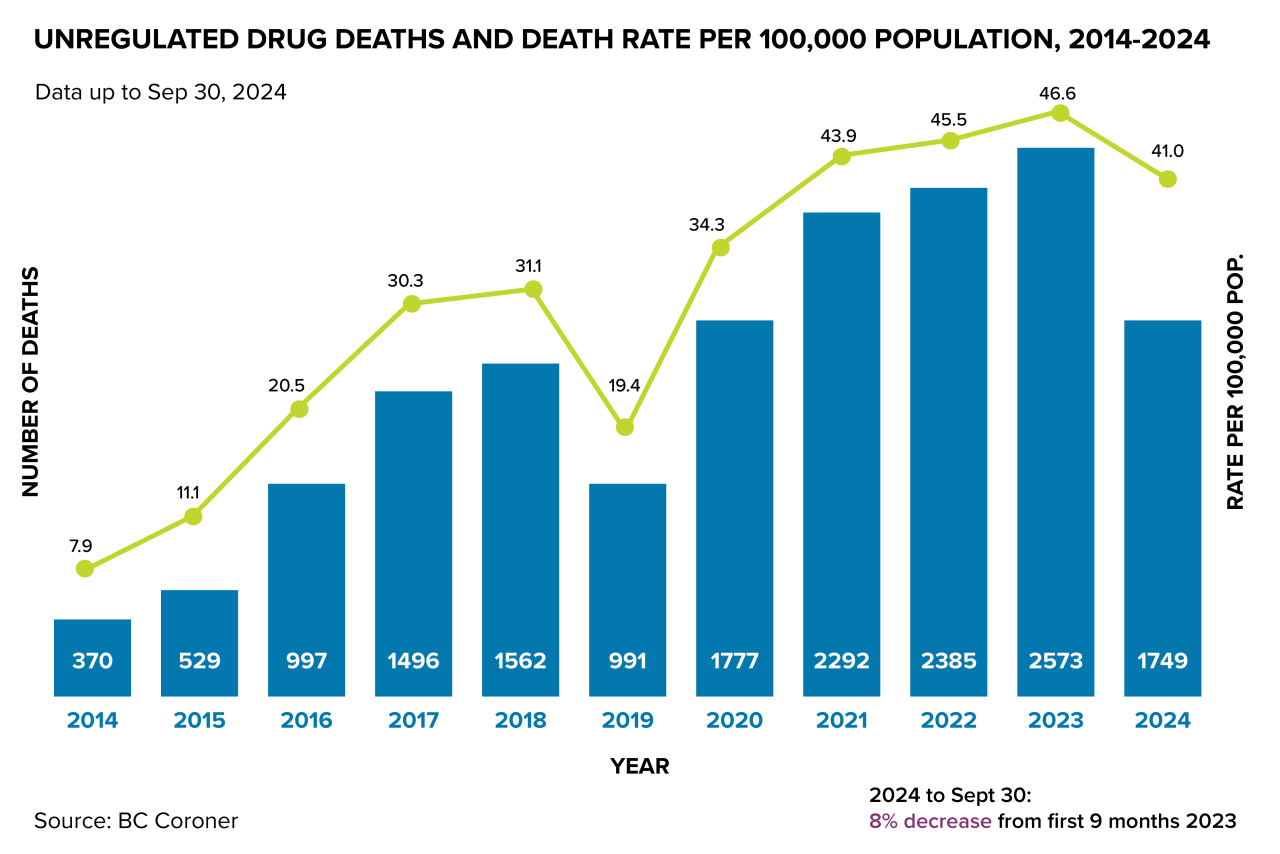New emergency department protocols expected to reduce overdoses
Sixty-nine per cent of people who die of drug overdose have been treated in a hospital within a year of their death.
Furthermore, a 2024 B.C. study published in the Canadian Medical Association Journal found that overdose rates are ten times higher when patients leave hospital without being seen or before they are medically discharged.
In 2024, VCH’s Regional Addiction Program, in collaboration with Regional Emergency Services, developed new substance use treatment protocols to help treat people in hospital emergency departments who use substances. The protocols are appropriate for all patients who use substances, regardless of the reason for their emergency department visit.
“The harmful substances that people are exposed to now has led to increasingly complex withdrawal syndromes to treat,” said Dr. Rupi Brar, Medical Director of the Regional Addiction Program, VCH. “When I treated withdrawal in the emergency department a few years ago, I used standard doses of opioids every two to three hours. Now, we’re needing to use doses three or four times that every 30 to 40 minutes.”


New emergency department protocols across the region are improving patient care, reducing readmission rates and saving lives.
In response to this complexity, VCH developed new substance use treatment protocols for the emergency department, so substance use withdrawal is managed as a priority leading to fewer people having to leave hospital before being appropriately treated. Work is underway to screen people for substance use when they arrive at the hospital.
The new protocols are expected to reduce the number of people leaving hospital before they are medically discharged thereby providing better patient care, reducing readmission rates and saving lives.

Unregulated drug deaths and death rate in B.C. from 2014-2024 (to Sept. 30, 2024)

